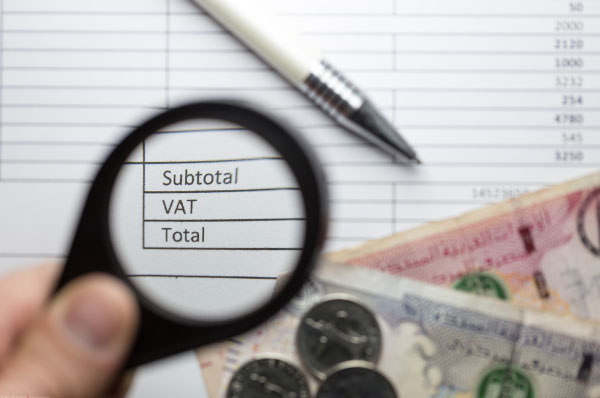
Many financial phrases might seem a little alien to business newcomers. From dividends to Corporation tax, there are many different terms you’ll have to become familiar with when you first register a company and set up your business.
Amongst a myriad of perplexing terms, you’ll find one that sounds very familiar: VAT.
VAT is not a financial term exclusive to business owners. You’ll hear about VAT all the time when purchasing goods and services as a private individual or a business. But what is it, and how does VAT work when you’re the one charging it for your goods and services?
At Mint Formations, we understand that handling VAT can be daunting for business owners — especially if you’ve never done it before. If you’re considering registering for VAT, this guide is for you. It covers everything you need to know about VAT, so you can be confident registering and filing your returns.
Jump to what you want to know:
- What is VAT?
- When should your business start charging VAT?
- How does VAT work?
- How do you charge VAT?
- How much VAT should you charge?
- How does a VAT return work?
- What are the benefits of being a VAT-registered business?
- How do you register for VAT in the UK?
What Is Value Added Tax (VAT)?
VAT stands for Value Added Tax and is a general tax placed on almost all goods and services sold. The simple principle behind VAT is consumers pay a tax on the products they buy based on the product’s value. VAT rates are percentage based, which means the greater the price, the more the consumer pays.
VAT tax is what is known as a consumption tax, as the bill is footed by the customer — not the business. The idea is that the business adds VAT onto their fees and prices as an additional cost and then collects this taxation on behalf of the government.
VAT Threshold: When Your Business Should Start Charging VAT
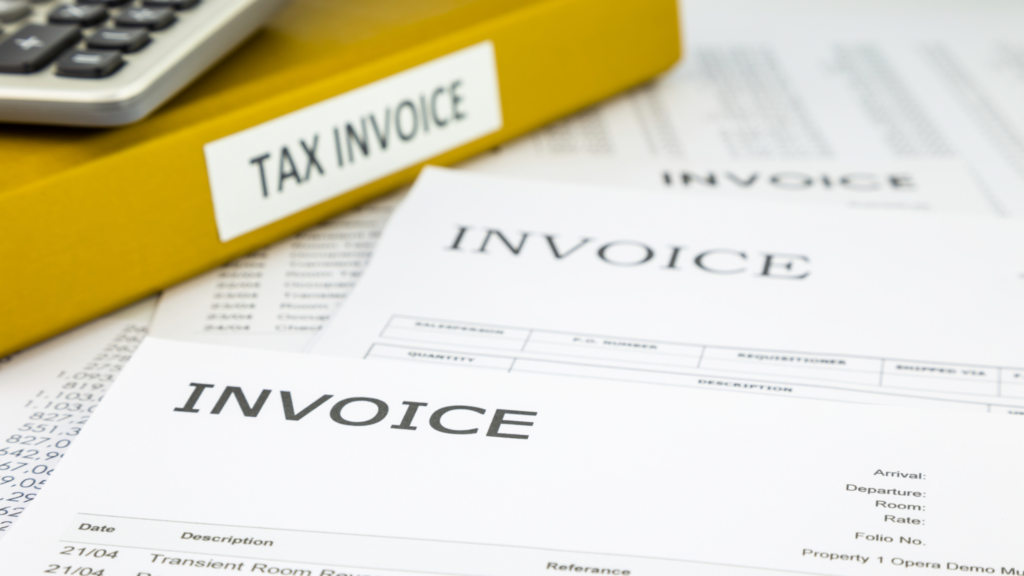
VAT is required after your business reaches a certain tax threshold. Currently (as of 2020), this VAT threshold is £85,000. Any takings on goods and services after gross income exceeds £85,000 must include VAT. Earnings made before the limit do not need to include VAT.
For example, if your business earns £90,000 over a year, when you first register for VAT, only £5000 is taxable turnover for VAT. The rest is exempt from VAT. If you earn £84,999 or less, you do not need to pay VAT.
Small businesses do not immediately have to charge customers VAT because it invariably causes your prices to increase or your income to decrease — depending on how you opt to manage VAT charges to customers.
To remain competitive, some businesses may need to lower costs so they do not deter customers. As a result, a threshold allows low-income small businesses to stabilise their finances and remain active in the market by charging consumers lower prices.
Once you are VAT registered, you must stay VAT registered until you start earning less than £85,000 a year. This means that, unlike with tax allowances, the availability of the £85,000 allowance does not reset at the beginning of the next tax year. If you are VAT registered, you must pay VAT on goods and services.
Registering for VAT
After you hit the VAT tax threshold, you must start charging VAT.
The first step is to register for VAT with HMRC. This allows you to send a VAT return, similar to a self-assessment tax return. If you are a sole trader, you can register yourself for VAT. If you own a limited company, the small business must be VAT registered.
If you submit a tax return for your business over the £85,000 threshold but haven’t registered for or paid any value-added tax, you will face investigations and penalties. VAT is not optional.
Once you are registered for VAT and are earning above the threshold, you can charge VAT to customers on goods and services.
Register for VAT with Mint FormationsAre you looking to register for VAT? Mint Formations can help. We are a professional company formation agency based in the UK, and we can help you with all aspects of registering your business for VAT. The process is straightforward, and we will ensure everything is handled correctly and efficiently.
|
How to Charge VAT
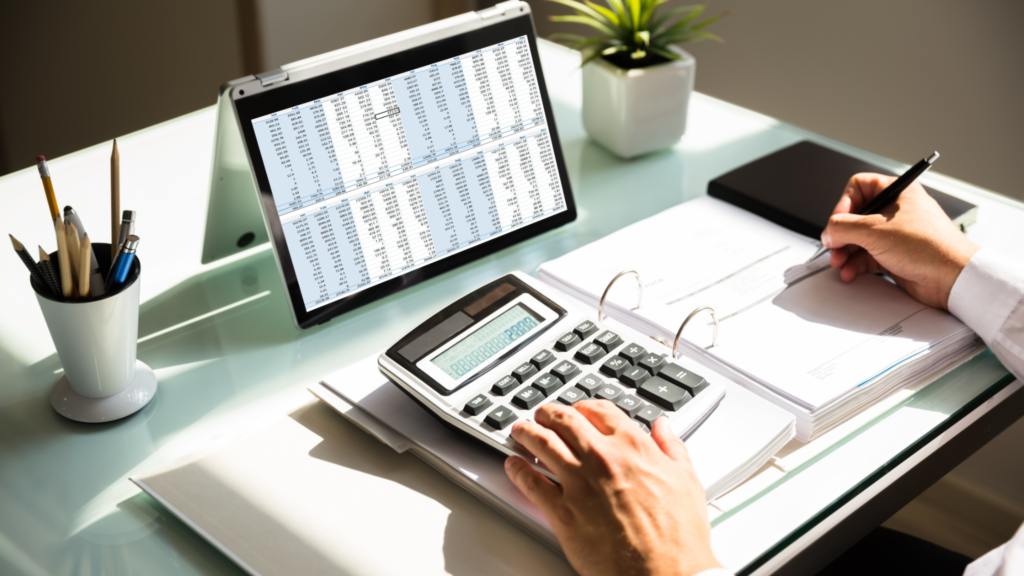
It’s incredibly easy to charge VAT. All you have to do is add VAT to the basic cost of the goods and services you offer. The way you manage this depends entirely on how you charge customers.
If you work in retail, for example, and you put a price tag on your goods, then you include the VAT in the price of the product. When the customer buys the product, they pay for the cost of their goods — and the VAT.
If your business is a service provider, you might opt to do this differently. When you supply an invoice to customers, you can include the standard cost of services and a separate VAT fee. When the customer pays the total price, you then set aside the VAT amount to pay as part of your VAT return.
Remember, VAT money is not yours, and you must not consider VAT payments as additional income.
VAT Rates Explained
For most small businesses, you will need to charge the standard VAT rate. This is 20% of the product’s cost. However, the standard rate isn’t the only fee available on goods and services. There are two other kinds of VAT:
- Reduced Rate — Reduced rate VAT is a VAT of 5% on goods and services. This rate applies to items considered a luxury necessity. These include car seats for children, energy-saving activities, many fees for charities and mobility aids for the elderly.
- Zero Rate VAT — Zero rates are products and services for which VAT is charged at 0%. You charge no VAT on sales for these items. These VAT-exempt products and services are considered essentials and include many types of food, children’s clothing, bookings, medical supplies and equipment.
You must record both of these rates on your VAT return — even zero-rate products. The only goods and services you do not need to record for VAT purposes are those exempt from VAT. These include medical services, finance and credit, and fundraisers operated by charities.
To see a full list of what items are reduced rate, zero rate and exempt from VAT, you can visit the government website.
Filing Your VAT Return
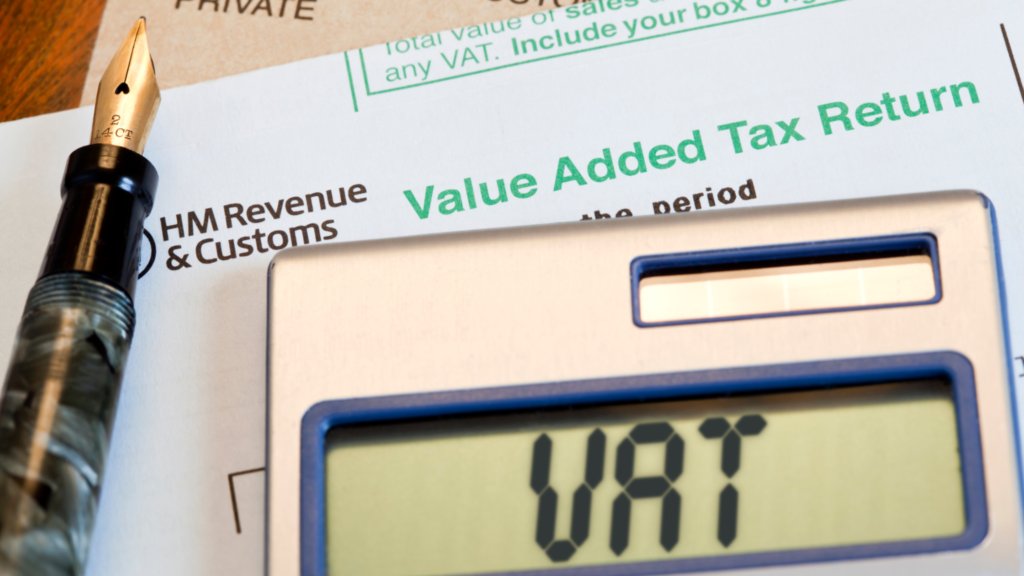
A VAT return is an accounting practice all VAT registered companies or individuals must complete. Unlike self-assessment tax returns, a VAT return is not an annual statement but instead submitted every three months. Like a self-assessment tax return, it is a statement of income submitted to HMRC for tax payments and record keeping.
When you register for VAT, you also register for VAT returns. You can submit your VAT return online.
A VAT return shows all sales of goods and services you’ve made that include VAT payments. Your return will display the amount of VAT collected and what you owe the government in tax.
However, it isn’t that simple. As a business, you will have made your own purchases and paid VAT on them. Because you’ve made VAT payments already, it is possible to reduce the fees you owe for VAT and even reclaim revenue.
You can only reclaim VAT on business-related expenses. This is the same as with business expenses on a self-assessment tax return. To keep things simple, if you claim it on your annual returns, you can claim the VAT back on your VAT returns.
If you’ve paid more in VAT through expenses than you’ve earned, you’ll get a VAT refund. If you’ve paid less than what you’ve earned but still paid some, your VAT bill reduces. If you’ve paid no VAT on expenses over the three months covered by your VAT return, you’ll pay all the VAT you’ve charged.
While it’s possible to complete your own VAT returns, many companies use accountancy services. These services give you peace of mind as you’ll know that your returns will be completed correctly.
The Benefits of Being a VAT Registered Business
VAT is a contentious issue for businesses, and there are pros and cons to being VAT registered. However, there are also some definite benefits to being a VAT-registered business. Here are four of the main benefits:
- You can claim back VAT on goods and services purchased for your business. This can be a significant amount of money, and it can help to boost your cash flow.
- You can register for the Flat Rate Scheme, which can simplify your VAT returns and save you money.
- You will be seen as a more credible business by both customers and suppliers. This can help you to win more business.
- You will better understand your costs, as you will need to track all VAT payments and receipts. This can help you to manage your finances more effectively.
Many business owners choose to become VAT-registered businesses voluntarily, even if they do not meet the VAT threshold due to these benefits.
How to Register for VAT in the UK in 5 Steps
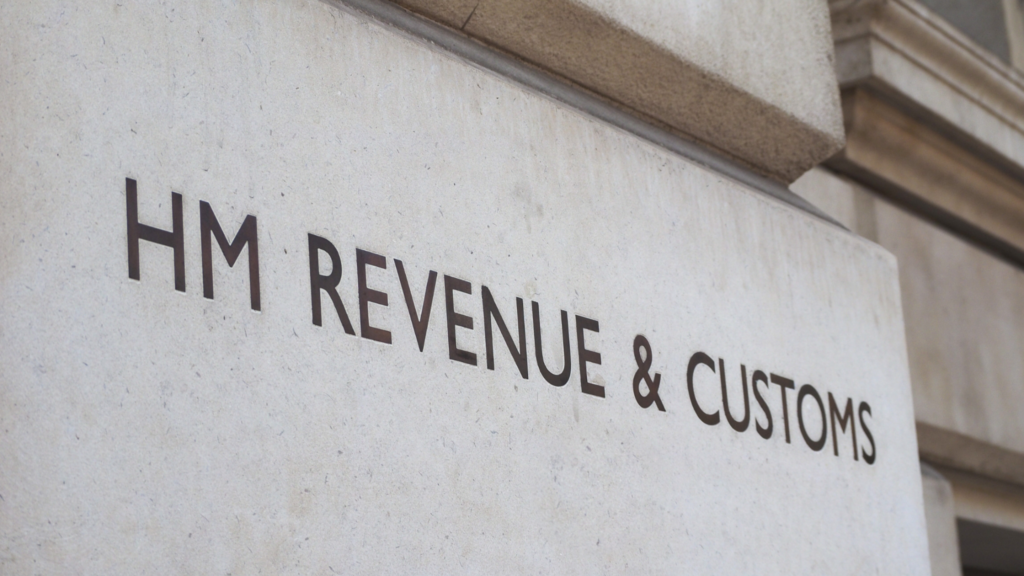
If you’re doing business in the UK, you may need to register for VAT (Value Added Tax). Here’s a step-by-step guide on how to do it:
Step 1: Check If You Need to Register
Check if you need to register for VAT. You must register for VAT if your taxable turnover is more than £85,000 per year. If you’re unsure if your turnover is above this threshold, you can use the HMRC online tool to check.
Step 2: Create an Account
Once you’ve determined that you need to register for VAT, you can do so online via the GOV.UK website. You’ll need to create an account and have your Company Registration Number (CRN) ready.
Step 3: Receive your VAT Registration Number
After you’ve registered, you’ll be given a VAT registration number. This number must be used on all invoices that include VAT.
Step 4: Choose Your VAT Return Frequency
You’ll need to decide how often you want to file your VAT return. The options are quarterly or annually. The frequency will depend on the size and nature of your business. Most businesses choose to file a quarterly VAT return.
Step 5: File Your VAT Return
When it comes time to file your VAT return, you can do so online via the GOV.UK website or using commercial software such as Xero or QuickBooks.
Keep in mind that once you register for VAT, you must charge VAT on all eligible goods and services you provide. You can then claim back the VAT you’ve paid on expenses related to your business. Registering for VAT can be a hassle, but it’s worth it if it means that your business is operating legally in the UK!
Register for VAT the Easy Way with Mint Formations
Do you need to register for VAT? If so, Mint Formations can help. We offer a VAT registration service that is fast, easy and hassle-free. We will take care of all the paperwork and requirements, so you can focus on running your business.
Registering for VAT can be a complex and time-consuming process, but with our service, it is quick and easy. We will guide you through every step of the process, ensuring everything is done correctly.
At Mint Formations, we can help you get your company established and VAT registered. Get in touch with our team today for support and guidance.

